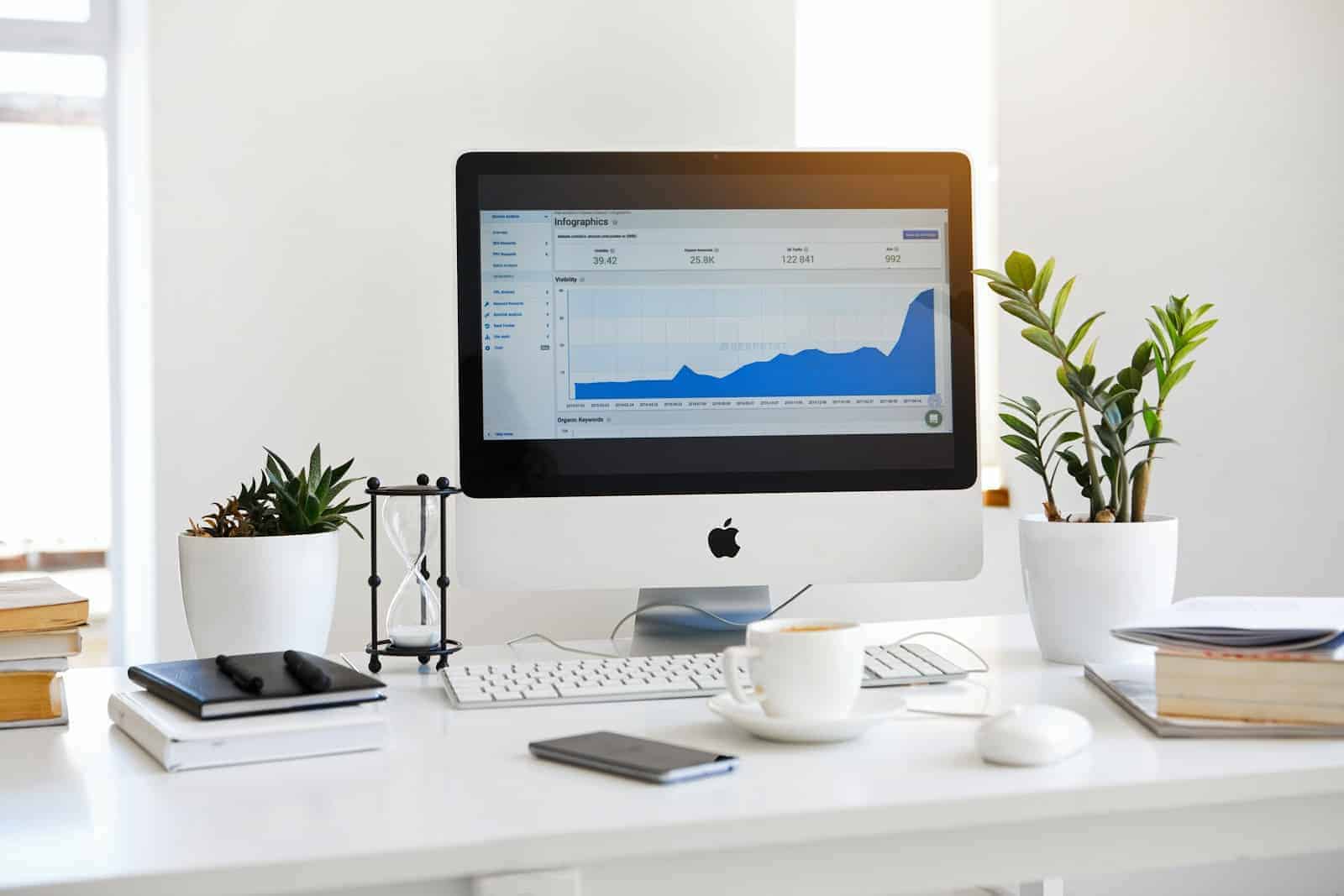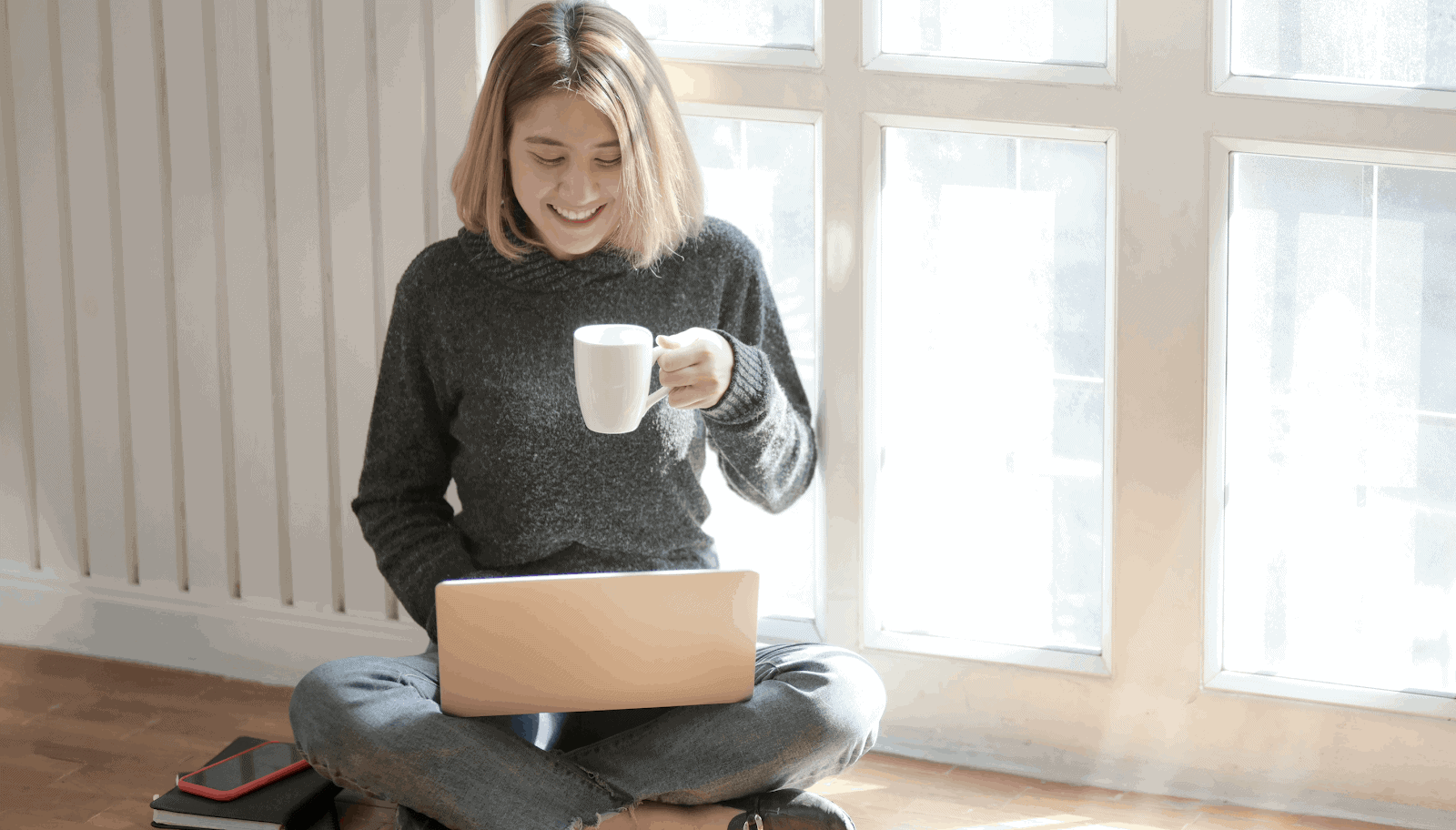5 Ways To Rebuild Your Daily Routine In the Era of COVID-19
“It’s a dangerous business, walking out one’s front door.”
–J.R.R. Tolkien, The Hobbit
On March 16, 2020, the City and County of San Francisco ordered its citizens to Shelter in Place. In short, all “non-essential” businesses, including gyms, restaurants, retail and office buildings, etc. were forced to close their doors within less than twenty-four hours of notice. This forced nearly everybody who wanted to stay afloat to suddenly become a sort of start-up again and re-evaluate their business plans and decide how to remain resilient and relevant in this tumultuous time.
By now, it’s certain that the COVID-19 pandemic has affected you in some way. Nearly all of the United States have state-wide “shelter-in-place” or “safer at home” orders, and nearly all of Europe and Asia are in some stage of lockdown. With those orders come abrupt interruptions to the daily rhythms in our lives, and heightened insecurity about our future.
With these interruptions and feelings of insecurity comes a heightened sense of discomfort. Scott Berinato explores this ubiquitous sense of discomfort and connects it with stages of grief in his fantastic article, “That Discomfort You’re Feeling Is Grief”. He interviews David Kessler to help illustrate the idea that we are collectively feeling grief for the loss of our old lives, our old routines, our old freedoms, and some of us might be grieving for the jobs we lost.
Kessler illustrates the five stages of grief as such:
- Denial – “This virus won’t affect us.”
- Anger – “You’re making me stay home and taking away my activities.”
- Bargaining – “Okay, if I social distance for two weeks everything will be better, right?”
- Sadness – “I don’t know when this will end.”
- Acceptance – “This is happening; I have to figure out how to proceed.”
According to Kessler, acceptance is where you find power. It’s where you can regain control of your situation. Wash your hands, keep your distance as best as you can, and learn to start navigating a new, virtual landscape.
Once you can accept that your new normal is change and that change can come at a moment’s notice, you can start to rebuild your routine and learn how to focus on the simple daily things you can actually control.
Here are five areas of focus that can help you reconstruct your daily routine and find a healthy rhythm while at home:

Sleep
We discussed various aspects of health and performance aspects of sleep in this article. From energy, hormonal, and mood balance to assimilation of memories, cognitive performance, and recovery from the day’s activities, sleep is the first area of focus for your new routine.
Disruptions in our daily lives affect sleep first and it’s one of the last areas to catch-up. Prior to the shutdown, you likely had a specific bedtime routine, based on when you needed to wake for the next workday. Perhaps that hasn’t changed, and if that’s your case, fantastic! However, many might not have that anymore, or at least, for the near future.
This is a great time to take one of two routes:
- Consider your previous schedule. Did you like your sleeping schedule? Was there a time you felt you would be more productive if you could just get an hour or two more of sleep? Maybe now is the time to create a new sleeping schedule.
- You want to keep the old rhythm going, and like the old structure of your day. Maybe now is the time to try to keep up with your current sleeping schedule.
No matter what route you choose, the idea is to decide on bedtime and stick with it. Every. Single. Day. Just like any other habit you have built–helpful or not–consistency is the key to any habit sticking.

Work Hours
Many of you out there, me and my colleagues included, have been forced into a work-from-home situation by this pandemic. This can mean many things, depending on what you do for work, but one thing is for certain: regular, defined work hours are a must.
Try your best to assess what time of day you feel you are most productive and attempt to do most of your work, at least the more complex stuff, within that time frame of the day. This, of course, is assuming you have the flexibility to do so.
Define a work area at home. Whether it’s a spare room, table, or square of carpet on the floor, having a defined workspace/workstation will help create boundaries, necessary to compartmentalize work time and all of the other activities of your day.
If you have space and means, Vari has some fantastic solutions for standing workstations for home and office.

Consistent Meals and Meal Times
After sleep and work hours, much of the rhythm of our days is predicated on the timing of our meals. With the amount of stress this new situation is causing, right now is not a good time to drastically change your diet. It is, however, a good time to start tracking your food, assuming you are not already, and focusing on eating for general digestive health, rather than pure performance or body composition goals.
This topic warrants its own article, so to keep it concise, focus on eating a variety of vegetables and fruits, high-quality, lean protein, moderate starch, and minimal refined sugar. As some of you have probably found, your local grocer might be a bit inconsistent on the availability of some quality foods, so go with the best available and what your budget allows. Hey, it might force you to learn a new recipe.
For some quick guidance on food quantity, this Precision Nutrition Calculator is probably the best free resource for calculating macros, based on a variety of factors. To track, anything from a Post-It note, paper journal, or phone app, like Chronometer and MyFitnessPal are very useful.
This is all to help you keep track of what you’re eating while spending much more time at home, where it’s really easy to graze and snack. Sticking to a regular plan of consistently sized and timed meals can help keep your daily nourishment under control.
Movement
Finding time to move each day will greatly help you through your time at home. In the United States, we’re still allowed to go out and enjoy a walk, run, or workout. Try to get outside at least once per day to take a walk or run and to soak-up some sun. The benefits of moving outside are vast and beneficial to your cellular, digestive, and mental health.
One of the biggest complaints I hear from our members is the lack of motivation to actually do a workout, even on Zoom, because the energy isn’t the same. Of course, it’s not. A gym is a sacred place because it’s separate from your work and home. It’s that third place you go to socialize and challenge yourself with friends. The rituals surrounding the gym are highly powerful and can be used to great effect at home to prepare for a workout.
At home do your best to re-create the process of preparing yourself for your workout, like the gym is still open. Put on your favorite shorts, wraps or knee sleeves, your shoes (unless it’s not allowed in the house), crank your favorite tunes, and just get started. Getting started is the hardest part. If you can get just five minutes into a warm-up, it’s likely you’ll finish the workout.
For those of you with kiddos, Kelly recently made this video, detailing some ideas on how to keep your kids active during lockdown:
Connect With Others

The hardest part of waiting-out this shelter in place, lock-down, or quarantine will be the feeling of isolation that will inevitably come and go on a regular basis. Luckily, we live in the most incredible, most technologically advanced age ever in human history! Every computer and cell phone gives you the ability to chat with all of your friends, family, and co-workers around the world.
Your new job is to connect with at least one friend and/or family member each day to check-in with each other. Human connection is essential to human life, and no one person is an island. Please, reach out to somebody. They’ll be glad you did, and so will you.

Final Thoughts
There are a couple of things we need to remember during this time:
- We are all dealing with an international crisis and trying to work from home. We are not simply working from home.
- One of the scariest aspects of this crisis is that we are not sure when it will end. However, it will end. This is temporary.
Over the next few weeks, possibly months, life will continue to change at a pace, over which, we have no control. Focus on the things you can control, like the areas above and what you do with this time. =
Where will you start?
“I wish it need not have happened in my time,” said Frodo. “So do I,” said Gandalf, “and so do all who live to see such times. But that is not for them to decide. All we have to decide is what to do with the time that is given us.”
J.R.R. Tolkien, The Fellowship of the Ring



















TRS Virtual Mobility Coach
Guided mobilization videos customized for your body and lifestyle.
FREE 7-Day Trial